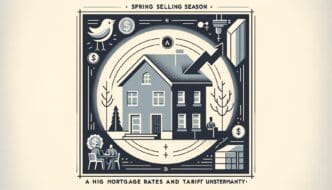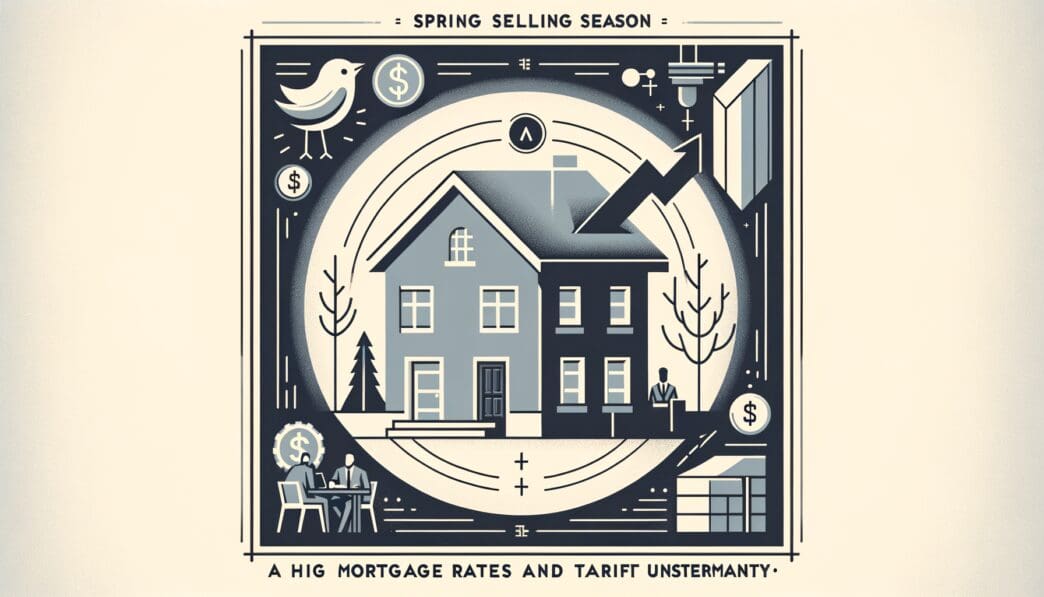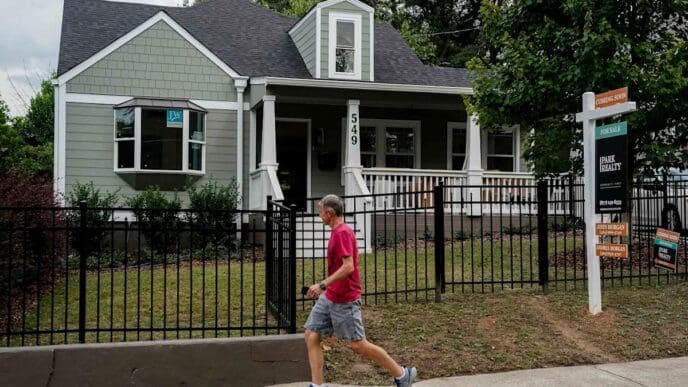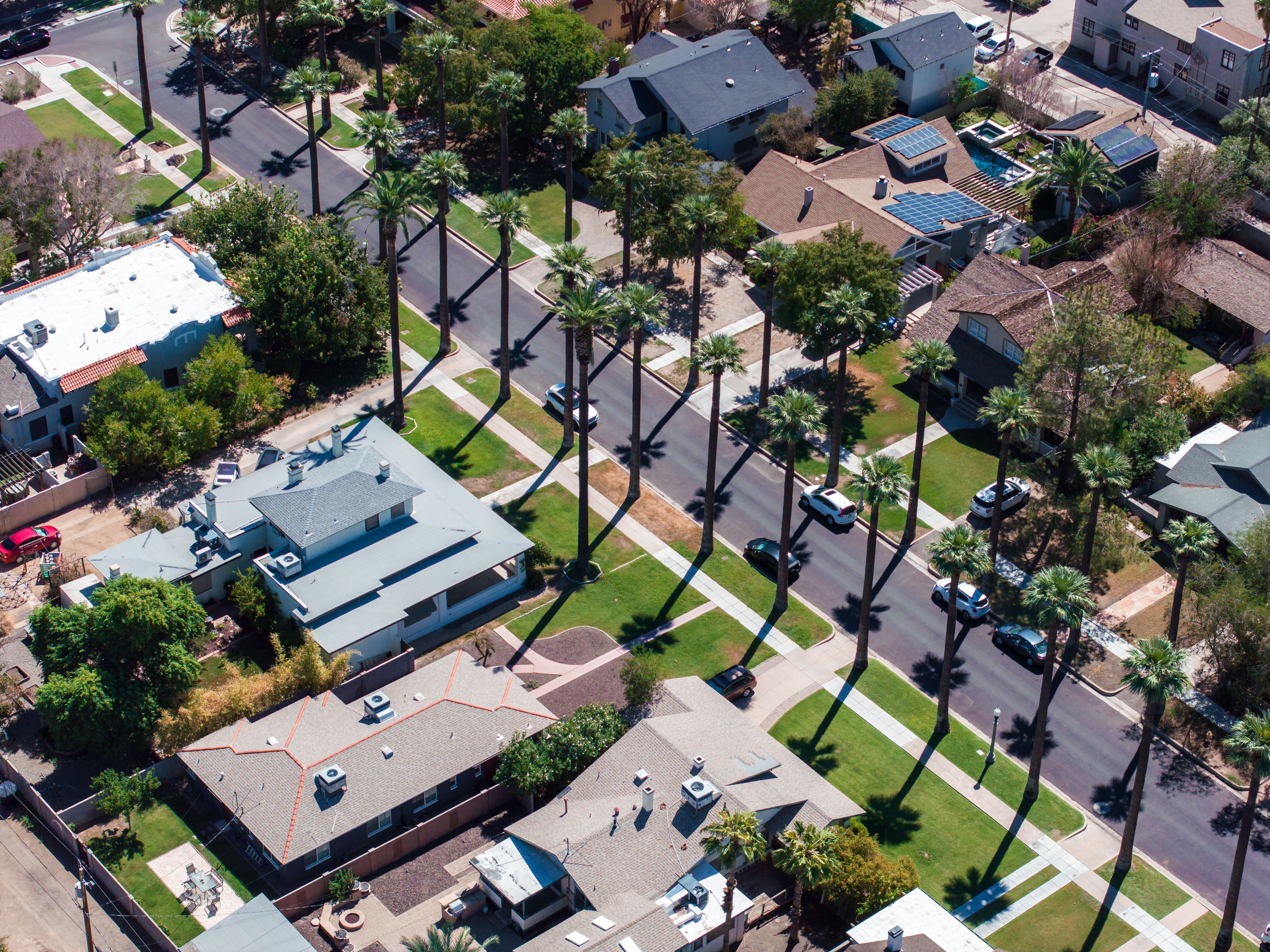The spring selling season is proving tough for homebuilders, with high mortgage rates and uncertainty around tariffs contributing to a challenging market environment. KB Home (KBH) recently announced a 17% decline in net orders for the first quarter ending February 28, compared to the same period last year. The company has also revised its average selling price target for 2025, lowering it to a range of $480,000 to $495,000. This adjustment comes after a January forecast of $488,000 to $498,000. Following the earnings report, KBH shares dropped 4% in after-hours trading.
Despite favorable long-term housing market conditions, buoyed by demographics and a shortage of available homes, the demand at the start of the spring selling season has been less robust than in previous years. Traditionally, real estate agents and builders consider Super Bowl weekend, which this year fell on February 8-9, as the unofficial start of the peak homebuying and selling period extending through early June. Typically, KBH sees an increase in net orders during late January and early February, but this year, that surge in demand did not occur, indicating buyer hesitancy.
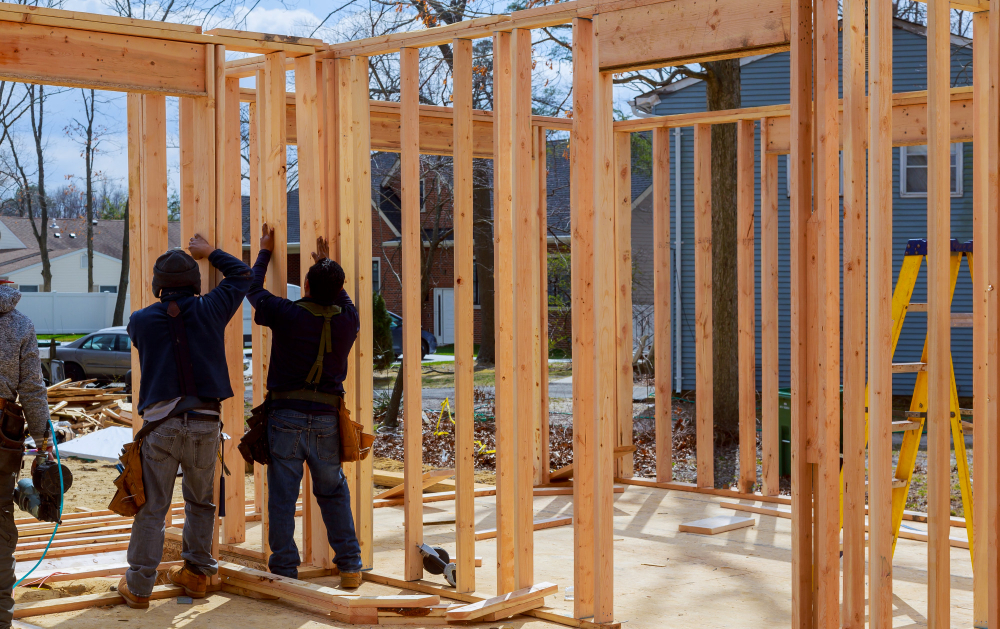
In response, KBH has adjusted its 2025 housing sales forecast to $6.60 billion to $7 billion, down from its earlier estimate of $7 billion to $7.5 billion. Sales of new single-family homes did see a slight increase in February, helped by warmer weather and dipping mortgage rates, but the sustainability of this trend remains uncertain. For builders, addressing affordability concerns is key, as demand is present but not as easily accessible as before.
This challenge is not unique to KB Home. Lennar, the second-largest homebuilder, reported a modest 1% rise in net new orders compared to the previous year, totaling 18,355. Nonetheless, Lennar’s quarterly order projections fell short of expectations, forecasting between 22,500 and 23,500 new orders for its second fiscal quarter, below analysts’ estimate of 23,800 homes. Though mortgage rates have slightly decreased, they continue to hover around 6.7%, leading Lennar to lower its average sales price, after incentives, to $408,000, reflecting a 1% decline from the previous year.
Consequently, Evercore ISI analyst Stephen Kim downgraded Lennar from Outperform to In Line, setting a new price target of $131, down from $159, following the first fiscal quarter report. This downgrade was influenced by a second-quarter gross margin guidance of 18%, which fell short of expectations, with management citing increased incentives as a factor.

To enhance affordability, builders might consider altering home sizes, limiting options, or exploring other cost-reducing strategies, such as replacing larger home plans with smaller ones. For example, switching from 2,500-2,600-square-foot designs to 1,700-1,800-square-foot alternatives could be one solution.

Adding to the concerns, President Donald Trump’s executive order, effective in April, enforces tariffs on construction materials from Canada and Mexico. The National Association of Home Builders (NAHB) cautions that these tariffs could increase the cost of imported materials by over $3 billion, with builders estimating an average home cost rise of $9,200. This mounting pressure is generating greater uncertainty among smaller builders, worrying them about the housing market’s future.
The Ripple Effect
- Workers in construction and related industries might face job instability if the housing market remains sluggish, affecting livelihood and local economies.
- The hesitancy in the housing market could slow down community growth, impacting local economies and public services reliant on housing-related taxes.
- Potential homeowners may postpone buying decisions, affecting their long-term financial planning and stability.
- Higher construction costs could lead to increased housing prices, exacerbating affordability issues for middle- and lower-income families.
- Smaller builders facing increased material costs might struggle to compete, potentially reducing diversity and innovation in housing options.
- Communities could experience slowed infrastructure and service expansions, as housing development typically supports such growth.

